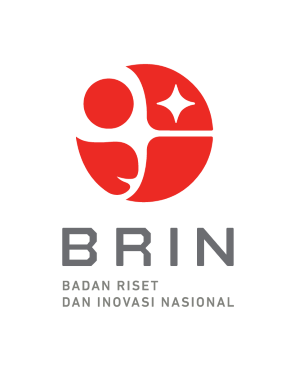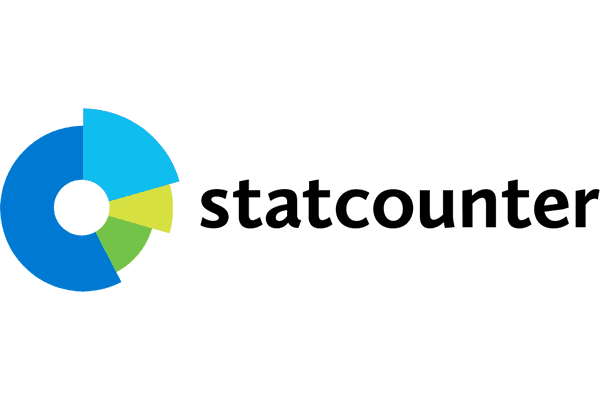ESTIMASI POTENSI PRODUKSI IKAN DI DANAU SINGKARAK SUMATERA BARAT BERDASARKAN NILAI KLOROFIL-A DAN KELIMPAHAN FITOPLANKTON
Abstract
The diversity of fish in marine waters is more than in lakes. However, the lake also has high fishery potential, one of which is Singkarak Lake, Solok Regency. On the island of Sumatra, the first largest lake is Lake Toba, while the second is Lake Singkarak. On the one hand, there are several human activities around the lake that cause a decrease in the production of fish catches, such as fishermen who often catch fish with tools that are not environmentally friendly, are not selective and lead to overfishing. Therefore, the purpose of this research is to examine the potential for fish production in Lake Singkarak based on the value of chlorophyll-a and abundance of phytoplankton. The method used is a survey method. The data analysis process includes analysis of fish production potential on the value of chlorophyll-a and analysis of fish production potential on phytoplankton abundance. Based on the chlorophyll-a value, the estimated fish production potential in Singkarak Lake is 4,663 tons/year and based on the abundance of phytoplankton, the fish production potential is 21,852 tons/year.
References
Azhar. 1993. Studi Ekologi Ikan Bilih (Mysatcoleucus padangensis) di Danau Singkarak. [tesis]. Program Pascasarjana, Institut Pertanian Bogor. Bogor.” 132.
Goldman, C. R. &. A. J. Horne. 1983. “Limnology. McGraw-Hill Book Company. United State of America. America.”
Gunarto, A. 2009. “elestarian Ikan Bilih (Mystacoleucus padangensis) Melalui Pengembangan Agrowisata Perikanan di Danau Singkarak Sumatera Barat.” P JRL. 5 (2): 145.
Handayani, S. &. Patria M. P. 2005. “Komunitas Zooplankton di Perairan Waduk Krenceng Cilegon Banten. Makara Sains”,. 9 (2):75–80.
Henderson-Sellers, B. & Markland, H. R. 1987. “Decaying Lakes: The Origins And Control Of Cultural Eutrophication. John Wiley and Sons, Ltd., Chichester, UK.”
Herawati, V. E. 2008. “Analisis Kesesuaian Perairan Segara Anakan Kabupaten Cilacap Sebagai Lahan Budidaya Kerang Totok. Universitas Diponegoro Semarang.”
Herlan, Samuel, Ditya Y.C, Anggraeni D.P, Apriyanti D & Dwirastina A.S.M, Antoni R. 2019. “Estimasi Stok dan Potensi Sumberdaya Ikan di Danau Singkarak dan Sungai-Sungai Terhubung, Sumatera Barat”. Bl 20 in.
Krismono. 2010. “Hubungan Antara Kualitas Air dengan Klorofil-a dan Pengaruhnya Terhadap Populasi Ikan di Perairan Danau Limboto. Limnotek.”
Purnomo, K., Kartamihardja, E. S., Koeshendrajana, S. 2006. “Upaya Pemacuan Stok Ikan Bilih (Mystacoleucus padangensis) di Danau Singkarak. Prosiding Seminar Nasional Ikan IV Jatiluhur.” 11–18.
Purnomo, K. 1994. “Beberapa Aspek Biolimnologi dan Sumber Daya Perikanan di Danau Singkarak. Bulletin Penelitian Perikanan Darat”. 12 (2):166–170.
Sapto, A. 2008. “Studi Sedimen Melayang dan Dampaknya Terhadap Produktivitas Perikanan (Studi Kasus Muara Sungai Porong). ITS Surabaya.”
Setiawan, F., Subehi1, L., Wibowo, H., Matsushita, B., Fukushima, T. 2011. “Preliminary Study On Remote Sensing Techniques to Estimate Water Quality Parameters at Lake Maninjau and Singkarak.” Prosiding Seminar Nasional Limnologi VI Tahun 2012.
Suryono, T., S. Nomosatryo. en E. Mulyana. 2006. “Tingkat Kesuburan Danau Singkarak, Padang, Sumatera Barat. Pusat Penelitian Limnologi – LIPI. (Tidak diterbitkan).”
Syandri. 2008. “Ancaman terhadap Plasma Nutfah Ikan Bilih (Mystacoleucus padangensis) dan Upaya Pelestariannya di Danau Singkarak”. Universitas Bung Hatta, Padang.
Wendri, Yuli, Nurdin J, Zakaria I.J. 2019. “Komunitas dan Preferensi Habitat Gastropoda pada Kedalaman Berbeda di Zona Litoral Danau Singkarak Provinsi Sumatera Barat”. Metamorfosa: Journal of Biological Sciences 6(1):67–74.
Wezia, B. 2011. “Pengelolaan Sumberdaya Ikan Bilih di Danau Singkarak.” Institut Pertanian Bogor. Bogor.
Copyright (c) 2023 JOINT-FISH

This work is licensed under a Creative Commons Attribution 4.0 International License.










